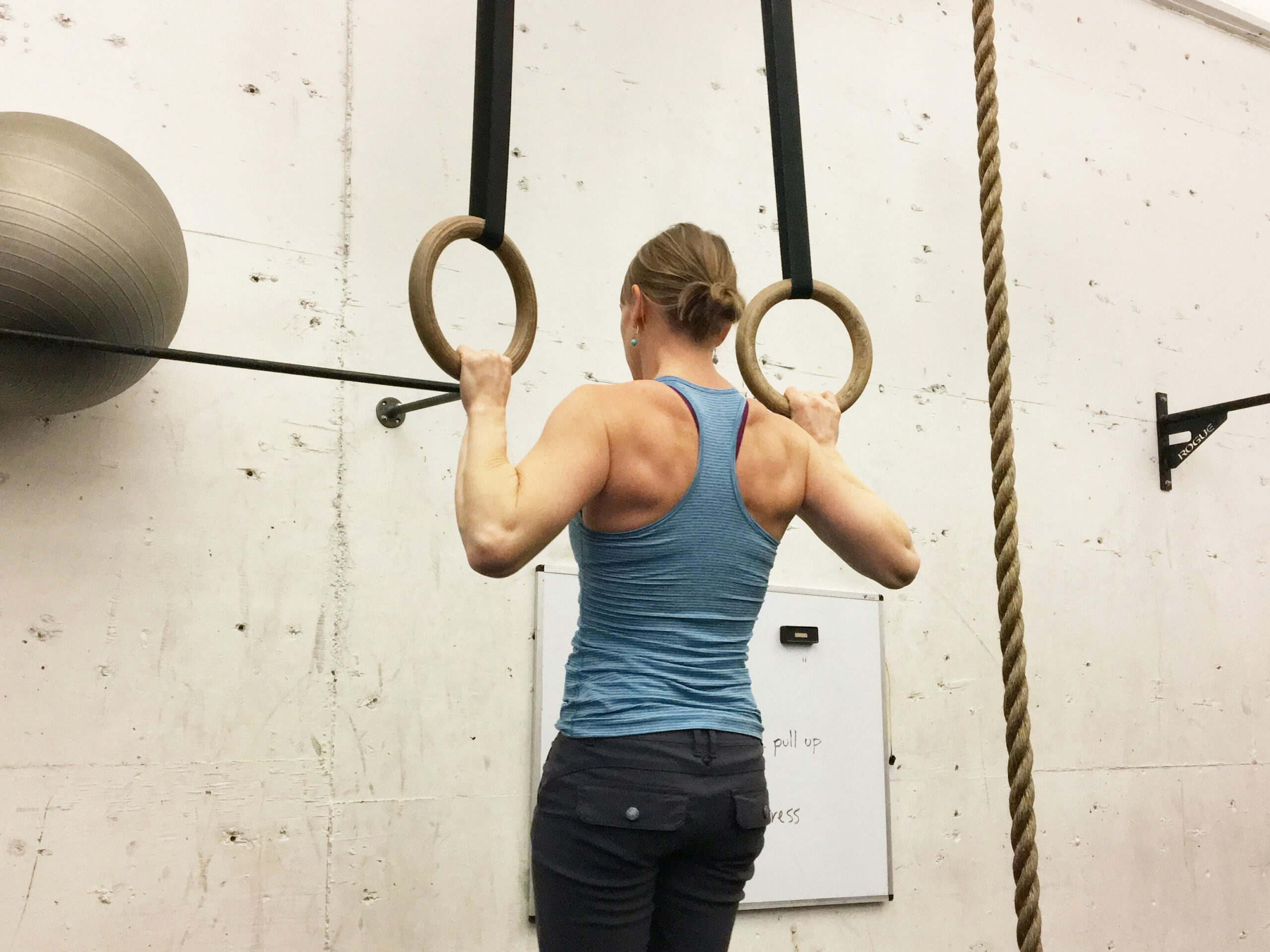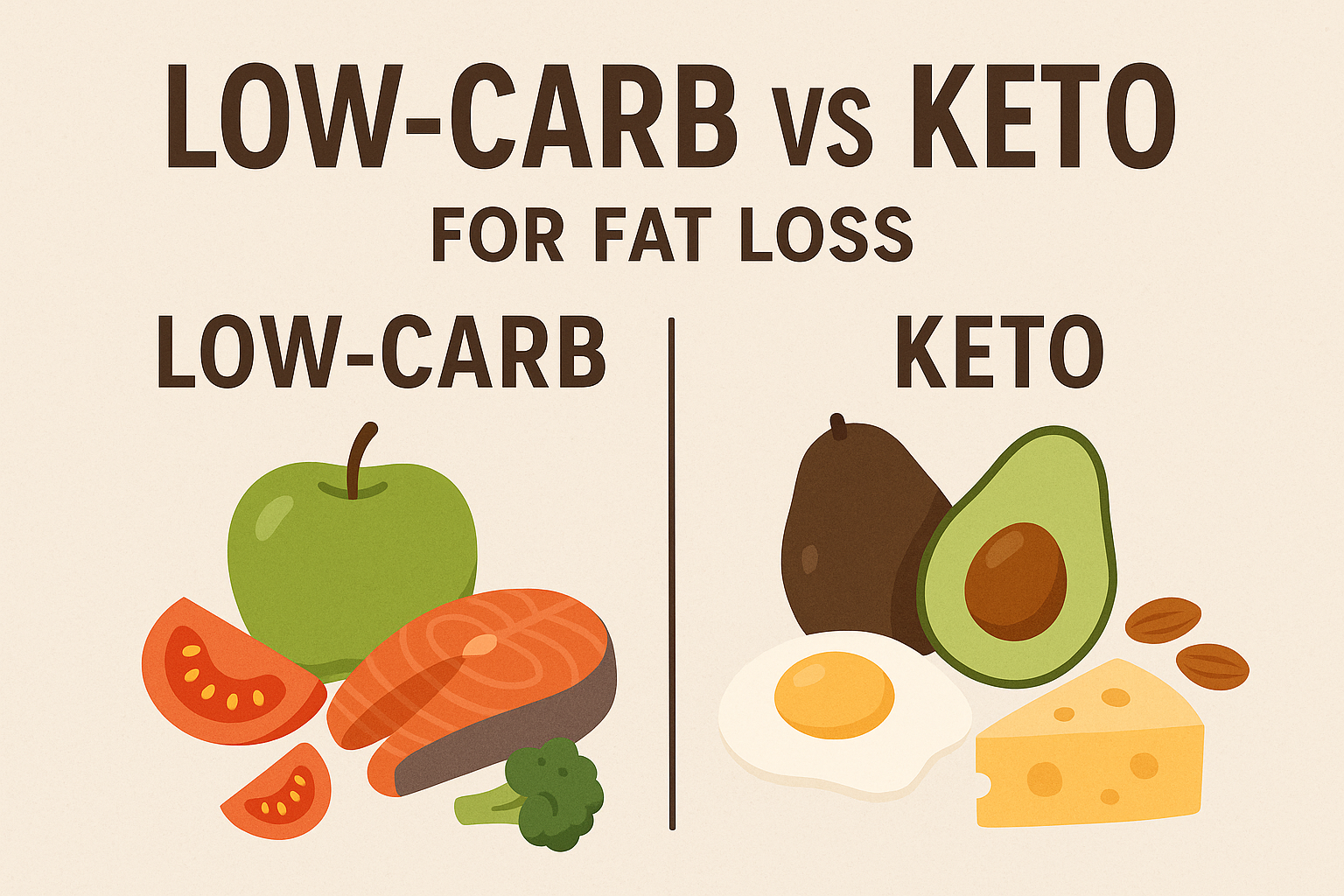Introduction
Starting a new fitness journey can be overwhelming, especially when you’re unfamiliar with gym equipment, exercise terms, and workout routines. But if you’re looking to transform your body, boost your metabolism, and build long-lasting health, then strength training for beginners is the perfect place to start.
Strength training, also called resistance training or weight training, is a method of exercising where you work your muscles against resistance. It doesn’t matter if you’re lifting dumbbells, using your own body weight, or pulling resistance bands — strength training can help you build lean muscle, burn fat, and feel stronger every day.
Why Strength Training for Beginners Matters
Many beginners focus on cardio like running or biking, which is great for heart health. But strength training for beginners is essential because it targets your muscles, bones, and metabolism in ways cardio can’t. Here’s why you should prioritize it:
1. Increases Lean Muscle Mass
The more muscle you have, the more calories your body burns — even while at rest. Beginner strength training helps you replace fat with firm, strong muscle.
2. Improves Metabolism
Muscle is metabolically active tissue. By engaging in weight training for beginners, you’ll increase your metabolic rate, helping you burn more calories throughout the day.
3. Boosts Bone Density
Strength training stresses the bones in a good way, making them stronger. For beginners, it’s a preventive step against osteoporosis and bone fractures later in life.
4. Reduces Risk of Injury
A well-rounded strength training routine strengthens not only muscles but also ligaments and tendons. This improves stability and prevents injury from daily tasks.
5. Improves Confidence & Mental Health
Research shows that strength training can reduce symptoms of anxiety and depression. Beginners often report increased self-confidence as they progress.
What Does a Strength Training Program Look Like?
A strength training program for beginners usually includes exercises that target major muscle groups: legs, chest, back, shoulders, arms, and core. A simple full-body workout 2–3 times per week is ideal for most beginners.
Sample Beginner Strength Training Routine
This routine uses minimal equipment and is perfect for at-home or gym workouts:
| Exercise | Sets | Reps |
|---|---|---|
| Bodyweight Squats | 3 | 12–15 |
| Push-Ups (Knee or Wall) | 3 | 10 |
| Dumbbell Rows | 3 | 10 |
| Glute Bridges | 3 | 15 |
| Planks | 3 | 30 sec |
💡 Pro Tip: Focus on form, not speed. Quality over quantity.
Best Strength Training Exercises for Beginners
If you’re serious about beginner strength training, start with these foundational moves:
-
Squats – Strengthen your legs, glutes, and core
-
Push-ups – Great for chest, shoulders, and triceps
-
Bent-over Rows – Perfect for back muscles
-
Overhead Press – Targets shoulders and arms
-
Deadlifts (lightweight) – Build lower back and hamstring strength
-
Planks – Strengthen your core and improve posture
Use body weight if you’re brand new. As you build confidence, introduce light weights or resistance bands.
How to Start Strength Training as a Beginner
Starting strength training doesn’t require a gym membership or expensive equipment. Here’s a step-by-step plan for strength training for beginners:
✅ Step 1: Start Slow
Don’t try to lift heavy from day one. Begin with low weights and high reps (12–15). Bodyweight exercises are enough to activate your muscles in the beginning.
✅ Step 2: Learn Proper Form
Watch tutorials or work with a coach. Improper form is a leading cause of injury in beginner strength training programs.
✅ Step 3: Rest and Recover
Muscles need time to grow. Rest at least one day between strength training sessions, and get 7–8 hours of sleep per night.
✅ Step 4: Track Your Progress
Log your sets, reps, and weights each week. Seeing improvements keeps you motivated.
✅ Step 5: Stay Consistent
Consistency beats intensity. Commit to 2–3 sessions per week to start building a habit.
How Much Weight Should a Beginner Lift?
There’s no one-size-fits-all answer. For strength training beginners, use the “last 2 reps rule” — the last two reps should be challenging, but not impossible. If you breeze through all reps easily, increase the weight next session.
What Equipment Do Beginners Need?
Here’s what you need to get started with resistance training at home or at the gym:
-
A pair of light to medium dumbbells (5–15 lbs)
-
Resistance bands
-
A yoga mat or exercise mat
-
A mirror or phone camera (to check your form)
-
Optional: stability ball, kettlebell, or step bench
Common Mistakes in Beginner Strength Training
Avoid these beginner errors:
-
Skipping Warm-Ups: Always warm up for 5–10 minutes with light cardio or dynamic stretches.
-
Lifting Too Heavy, Too Soon: Injuries often happen when people lift weights their bodies aren’t ready for.
-
Ignoring Recovery: Muscles grow during rest, not while training.
-
Poor Nutrition: Strength training requires proper fuel — especially protein.
-
Not Following a Plan: Random exercises won’t deliver consistent results.
How Long Before You See Results?
Most people see noticeable changes within 4 to 8 weeks of starting a consistent strength training routine. You’ll likely feel stronger even before you see visible results in the mirror.
Nutrition Tips for Beginner Strength Training
You can’t out-train a poor diet. To fuel your strength sessions and promote muscle growth:
-
Eat enough protein: Aim for 0.7–1g per pound of body weight
-
Include healthy carbs: Oats, brown rice, fruits, and vegetables
-
Don’t fear fats: Avocados, olive oil, nuts help with hormone balance
-
Hydrate properly: Water supports muscle function and recovery
Should Beginners Do Cardio Too?
Yes! Combining cardio with strength training improves heart health and aids in fat loss. You can alternate days or do light cardio after your strength workouts.
Final Thoughts: Start Strong, Stay Strong
Strength training for beginners is not just about building muscle — it’s about building confidence, consistency, and a healthier future. Whether you’re 18 or 60, just starting out or returning to fitness after a break, beginner strength training is a game-changer.
Remember:
-
Start simple
-
Focus on form
-
Stay consistent
-
Fuel your body
-
Track your progress
Your strongest self is waiting — all you have to do is start.










